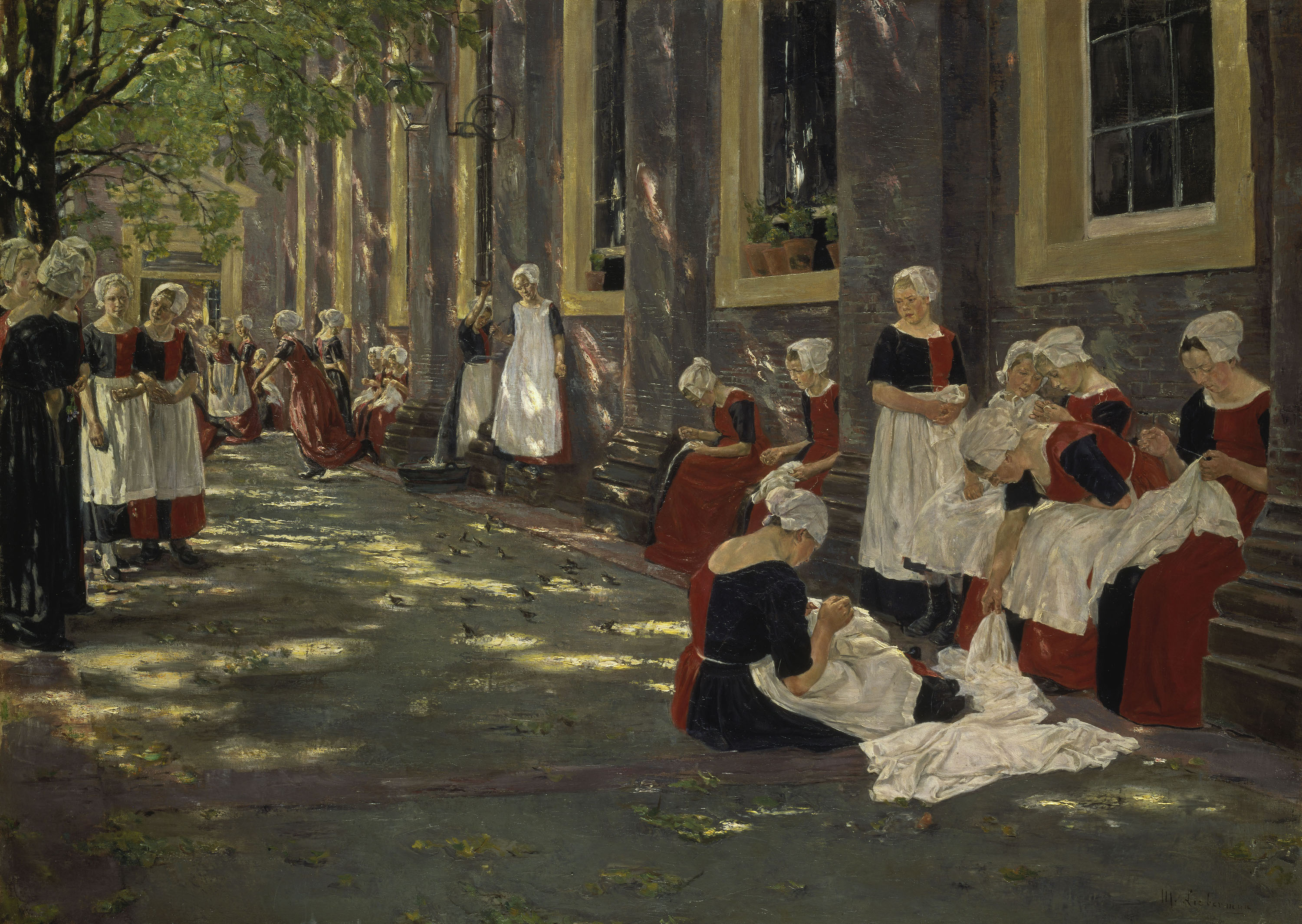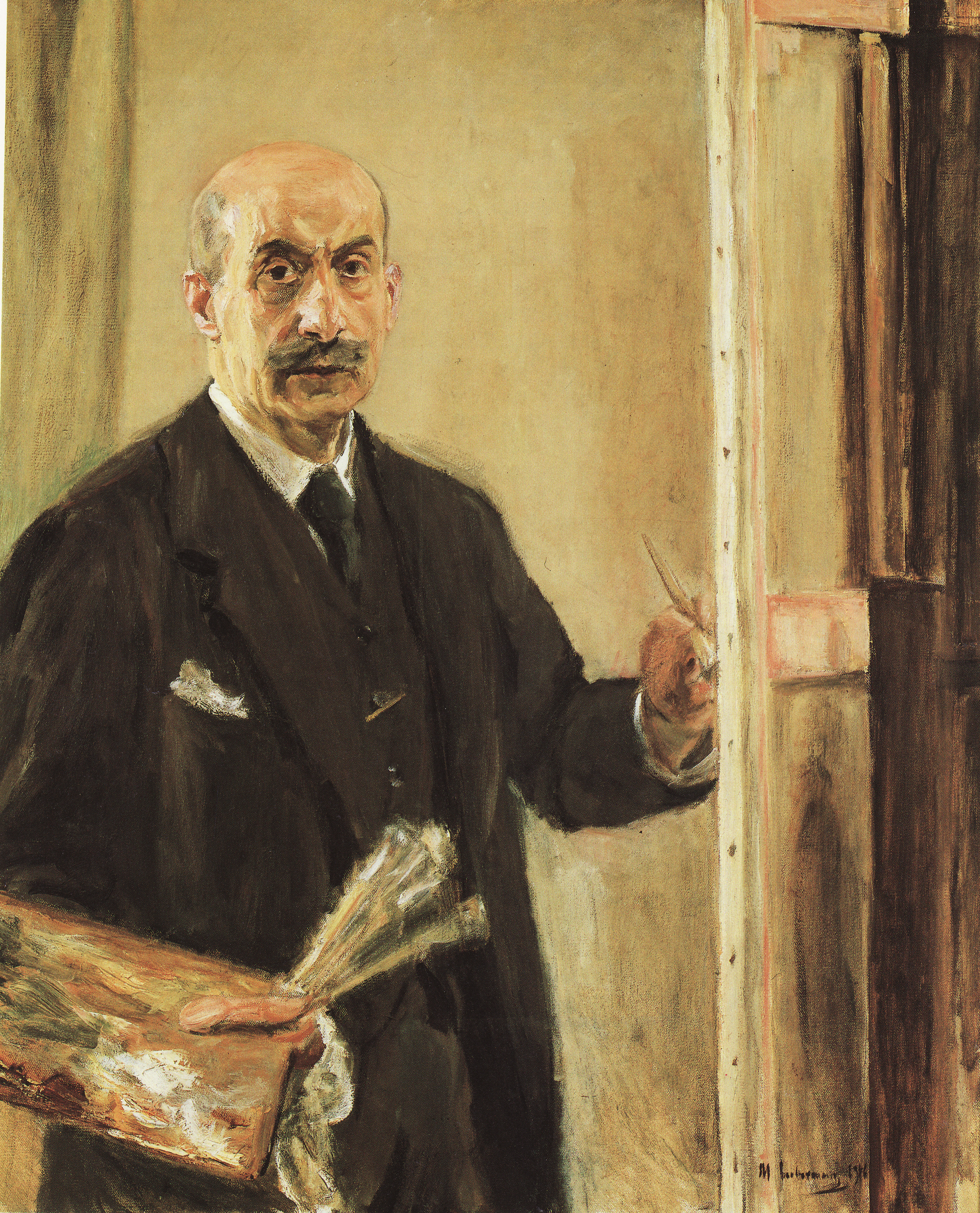Conservative circles taunted Liebermann as the “apostle of ugliness.” Nevertheless, the Städelscher Museums-Verein showed courage and providence when it acquired this early key work immediately after it was founded in 1899. Liebermann had sketched the inmates of the Burgerweeshuis in Amsterdam. It was only later that he executed the oil painting in his Munich studio. This work was created at a turning point, when Liebermann left behind the shades of brown of his realist phase and adopted the lighter palette of Impressionism.
Under the direction of the influential figure Leopold Sonnemann, a member of the Reichstag and the founder and owner of the Frankfurter Zeitung, the Städelscher Museums-Verein was established in 1899 as an institution for the collective furtherance of art. The approximately eighty members of the society celebrated their first purchase in 1900 with the acquisition of Max Liebermann's painting The Courtyard of the Orphanage in Amsterdam, which was the subject of lively controversy at the time. The Berlin artist was the main representative of German Impressionism and hence in opposition to the imperial concept of art, which was reflected in battle scenes and public victory monuments. But the painting also met with rejection within the ranks of the society. Sonnemann reacted promptly: he undertook to pay part of the purchase price himself and at the same time threatened to resign. In view of this radical step, people backed down and the modern age entered the museum in the form of this painting.
We present this masterpiece of the German Impressionism thanks to Städel Museum. : ) (BTW. the German version of DailyArt will launch soon!)
P.S. Another famous painting from Städel is Goethe in the Roman Campagna by Johann Heinrich Wilhelm Tischbein; you can read about it here.


 Max Liebermann
Max Liebermann